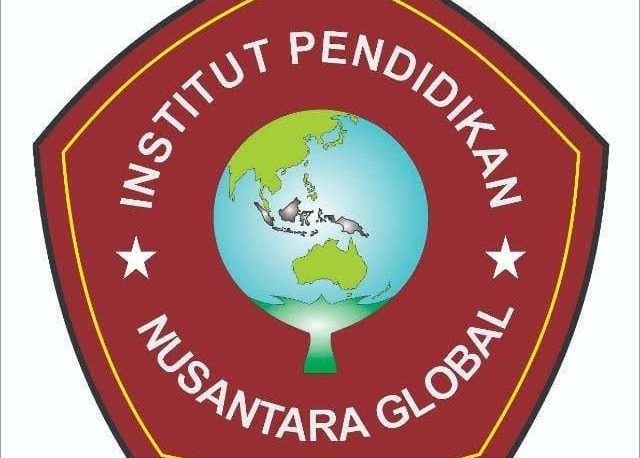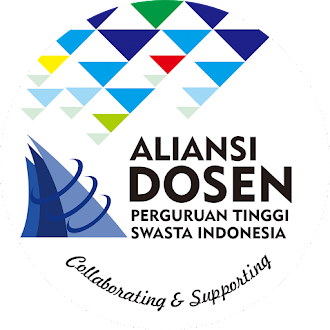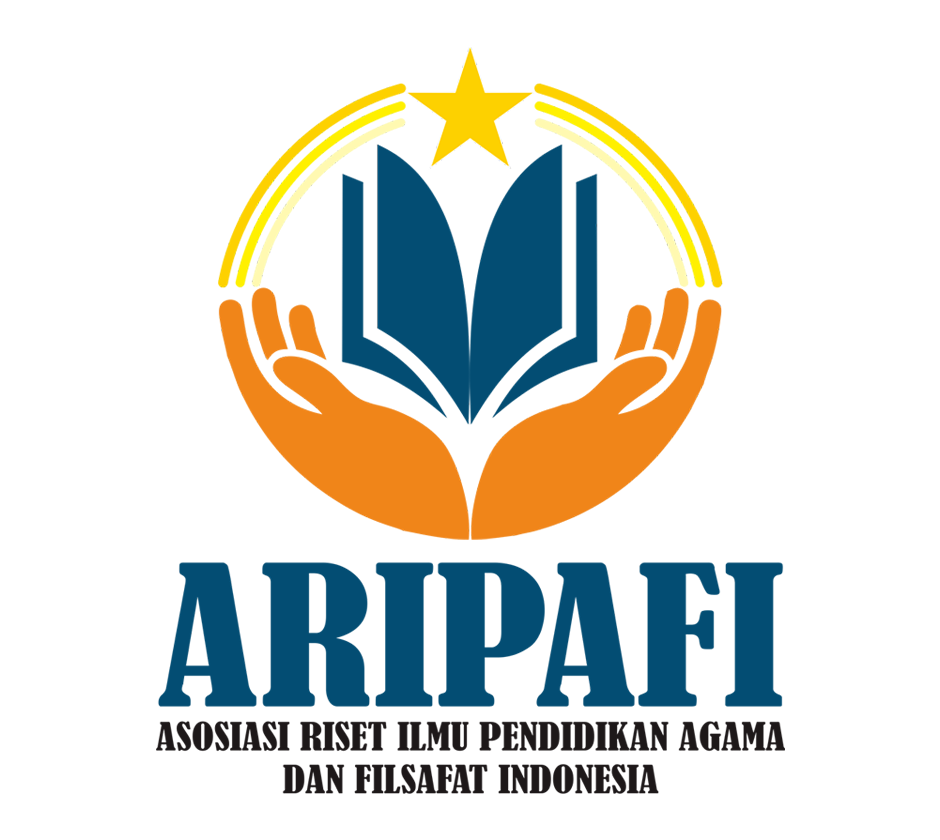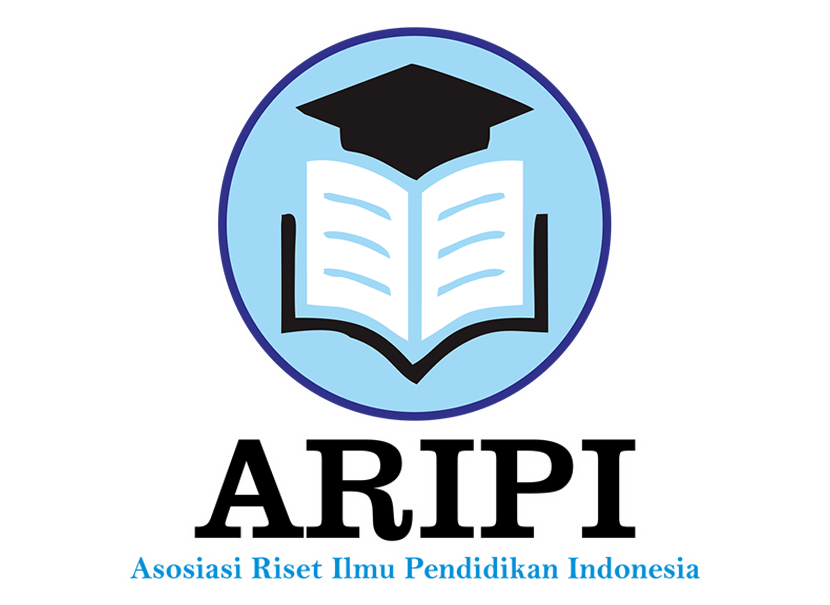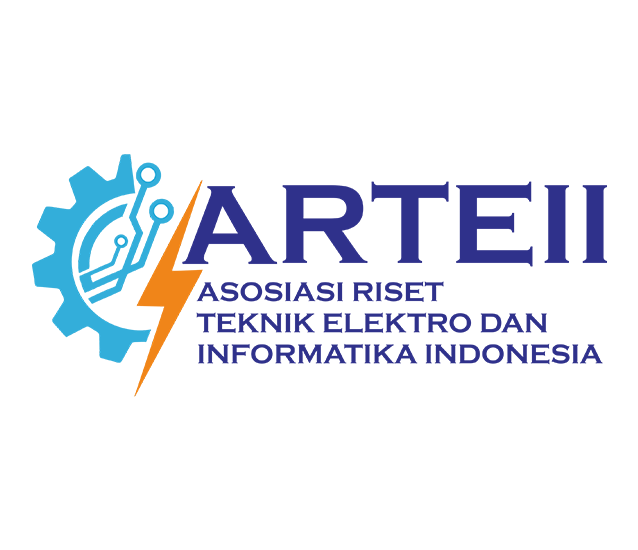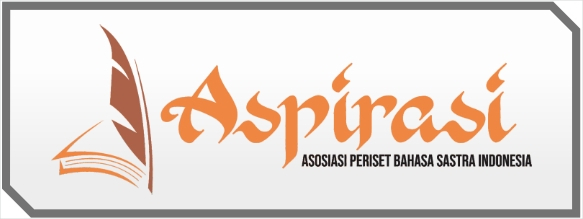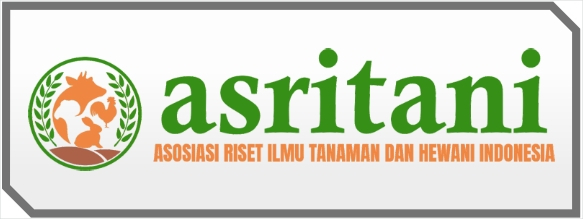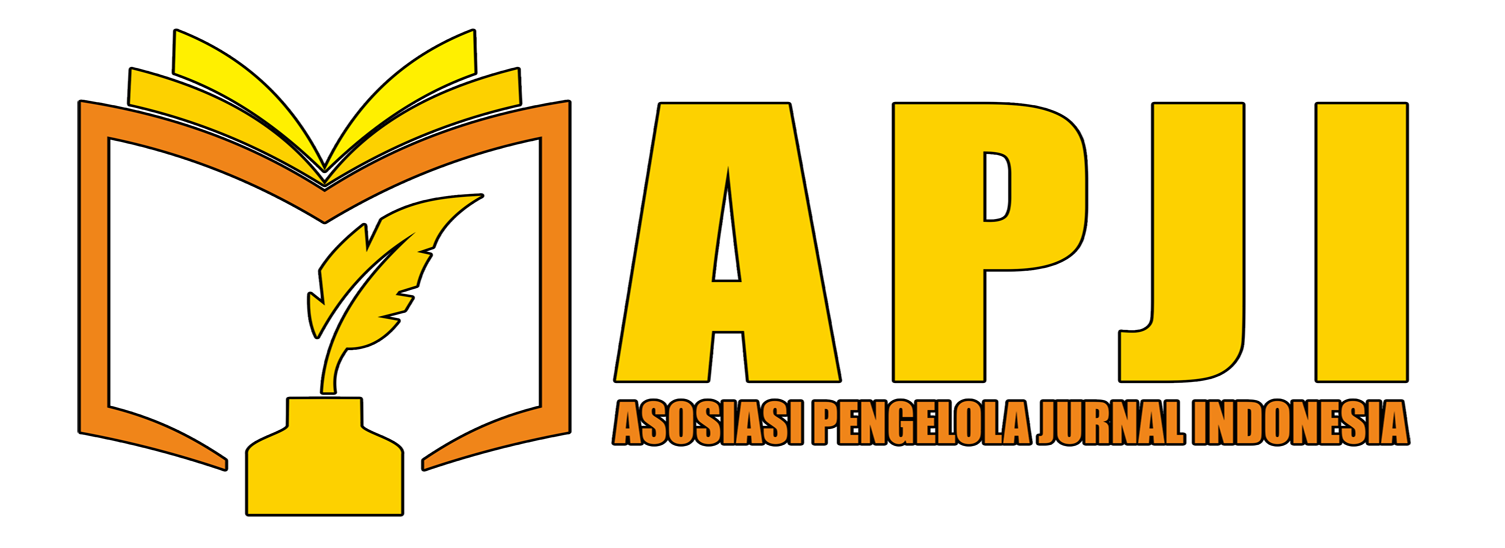DEMAND SIDE AND SUPPLY SIDE ANALYSIS OF INTERNATIONAL SCALE TOURISM ACTIVITIES POST SAIL KOMODO IN EAST NUSA TENGGARA
DOI:
https://doi.org/10.62567/micjo.v2i2.730Keywords:
Tourism, Foreign Tourists, Tourists, Business ActorsAbstract
The results of the study show that the six independent variables, namely: Entry Variable (ENT), Long-Distance Transportation (TJJ), Tourism Promotion (PW), Short-Distance Transportation (TJD), Hospitality (HOS) and Supporting Infrastructure (IP) together contribute an influence of 60.30 % on the decision of foreign tourists to visit the Province of East Nusa Tenggara. There are three variables that have a positive and significant influence on the choice of tourists to NTT, namely the ENT variable, TJJ and the PW variable; while the other three variables have no significant influence, namely, TJD , HOS and IP . For domestic tourists, Simultaneously, the five independent variables contribute 87.3% of the influence on the decision of domestic tourists to visit the Province of East Nusa Tenggara. However, partially, TJJ and PW have a significant effect, while TJD , HOS and IP have no significant effect on the choice of domestic tourists to visit the Province of East Nusa Tenggara. industry business before the preparation and implementation of Sail Komodo, shows that both additional investment, additional workforce , tourist visits, additional length of stay and income/turnover of business actors are in the low category. The condition of tourism business actors during the preparation, during and after the implementation of Sail Komodo shows a rapid increase. The three main variables that experienced a rapid increase during the preparation, during the implementation and after the implementation of Sail Komodo are additional tourist visits , additional turnover/ income and additional tourist stay time. Before the implementation of Sail Komodo, the environmental security conditions at tourist locations in NTT were already in the moderate category , compared to other variables that were in the low category . The condition of tourist locations during preparation, during implementation and after the implementation of Sail Komodo were in the moderate category except for additional electricity supply which was in the low category.
Downloads
References
Chon, K.S. (1990). “The role of destination image in tourism: A review and discussion.” The Tourist Review, 45(2), 2–9.
Cooper, C., Fletcher, J., Fyall, A., Gilbert, D., & Wanhill, S. (2008). Tourism: Principles and Practice (4th ed.). Pearson Education.
Crotts, J. C. (1999). “Consumer decision-making and pre-purchase information search.” International Journal of Hospitality Management, 18(2), 145–158.
East Nusa Tenggara in Figures. 2014. Central Statistics Agency of East Nusa Tenggara Province.
Goeldner, C.R., & Ritchie, J.R.B. (2012). Tourism: Principles, Practices, Philosophies (12th ed.). Wiley.
Kotler, P., Bowen, J. T., & Makens, J. C. (2016). Marketing for Hospitality and Tourism (7th ed.). Pearson Education.
Leri IA Arisya. 2011. “ The Impact of Tourist Expenditure on the Development of the Economic Sector in Bali Province ” ( thesis ), Denpasar: Postgraduate Program, Udayana University.
Lovelock, C., & Wirtz, J. (2011). Services Marketing: People, Technology, Strategy (7th ed.). Pearson Education.
Manacika, I Ketut. 2010. " The Impact of Tourism on Demand for Agricultural Sector Output in Bali Province " (thesis) . Denpasar: Postgraduate Program, Udayana University.
Middleton, V. T. C., & Clarke, J. (2001). Marketing in Travel and Tourism . Butterworth-Heinemann.
Miller, RE & Blair, PD 1985, Input-Output Analysis, Foundation and Extensions , New Jersey: Printice-Hall, Inc, Englewood Cliffs.
Mulyaningrum. 2005. “ Economic Externalities in Sustainable Nature Tourism Development. Case Study on Baturaden-Purwokerto Nature Tourism Area, Banyumas Regency, Central Java Province ”. Research Journal
NTT Economic Indicators. 2013. Central Statistics Agency of East Nusa Tenggara Province.
Page, S. J., & Connell, J. (2014). Tourism: A Modern Synthesis (4th ed.). Cengage Learning.
Parasuraman, A., Zeithaml, V. A., & Berry, L. L. (1988). “SERVQUAL: A Multiple-Item Scale for Measuring Consumer Perceptions of Service Quality.” Journal of Retailing, 64(1), 12–40.
Republic of Indonesia Law No. 10 of 2009 concerning tourism .
Sihite R, 2000. Tourism Industry . Surabaya: SIC Publisher.
Soekadijo, RG, 2000. Anatomy of Tourism, Understanding Tourism as a Systemic Linkage , Jakarta: PT Gramedia Pustaka Utama.
Spillane, James. 1987. Tourism Economics: History and Prospects . Yogyakarta: Kanisius.
Stabler, M., Papatheodorou, A., & Sinclair, M. T. (2010). The Economics of Tourism (2nd ed.). Routledge.
Suradnya, I Made. tt "Analysis of Bali Tourism Attraction Factors and Their Implications for Bali Regional Tourism Planning". http://ejournal.unud.ac.id/ analisa-faktor-faktor-daya-tarik-wisata-bali-dan-inplikasinya-terhadap-perencanaan bali-regional-tourism.html . Denpasar.
Surya, Ida Bagus Ketut. 2005. “ Small and Medium Enterprise Empowerment Strategy in the Agricultural Sector in Supporting the Tourism Sector in Bali Province ”. Diploma 4 Tourism Journal . Denpasar: Udayana University.
UNWTO (2022). International Tourism Highlights . Madrid: World Tourism Organization.
Yoeti, Oka. A. 2008. Tourism Economics . Jakarta: Kompas.
Yoon, Y., & Uysal, M. (2005). "An examination of the effects of motivation and satisfaction on destination loyalty." Tourism Management, 26(1), 45–56.
Downloads
Published
How to Cite
Issue
Section
License
Copyright (c) 2025 Agustina Sadri Yathy Lay, Thomas Ola Langoday

This work is licensed under a Creative Commons Attribution-ShareAlike 4.0 International License.













